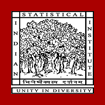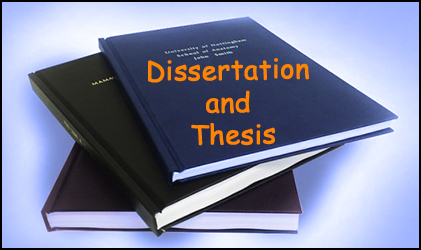Date of Submission
2-22-2014
Date of Award
2-22-2015
Institute Name (Publisher)
Indian Statistical Institute
Document Type
Doctoral Thesis
Degree Name
Doctor of Philosophy
Subject Name
Mathematics
Department
Theoretical Statistics and Mathematics Unit (TSMU-Delhi)
Supervisor
Thakur, Maneesh (TSMU-Delhi; ISI)
Abstract (Summary of the Work)
In this thesis we address two problems related to the study of algebraic groups and Lie groups. The first one deals with computation of an invariant called the genus number of a connected reductive algebraic group over an algebraically closed field and that of a compact connected Lie group. The second problem is about characterisation of real elements in exceptional groups of type F4 defined over an arbitrary field. Let G be a connected reductive algebraic group over an algebraically closed field or a compact connected Lie group. Let ZG(x) denote the centralizer of x ∈ G. Define the genus number of G as the cardinality of the set {[ZG(x)] : x ∈ G}, where [ZG(x)] denotes the conjugacy class of ZG(x) in G. It turns out that the number of conjugacy classes of centralizers of elements in a connected reductive algebraic group over an algebraically closed field is finite ([St]). It is therefore natural to pose the following problem: Given a connected reductive algebraic group G, compute the genus number. Although this problem may be implicit in Dynkins papers [D1], [D2], the explicit knowledge of genus number is difficult to extract from these works. Semisimple conjugacy classes for finite groups of Lie type have been studied by Fleischmann and Carter (see [F], [C1]). K. Gongopadhyay and R. Kulkarni have computed the number of conjugacy classes of centralizers in I(Hn ) (the group of isometries of the hyperbolic [GK]. See [K] where the author discusses a related notion of classes. Conjugacy classes of centralizers in anisotropic groups of type G2 over R, have been explicitly calculated by A. Singh in [Si].In this thesis we describe a method of computing this number by looking at the Weyl group of the group in question and its action on a fixed maximal torus. We explicitly compute the genus number for all the classical groups and for G2 and F4 among the exceptional ones, as far as semisimple elements are concerned.Let G be a group. An element x ∈ G is said to be real in G if there exists g ∈ G such that gxg−1 = x −1 and x is called strongly real in G if there exists g ∈ G such that g 2 = 1 and gxg−1 = x −1 . Note that x ∈ G is strongly real if and only if there exist elements g1, g2 ∈ G such that x = g1g2 and g 2 1 = g 2 2 = 1. Let G be an algebraic group defined over a field k and G(k) be the set of all k-rational points of G. We saythat x ∈ G(k) is k-real if there exists g ∈ G(k) such that gxg−1 = x −1 and x is called strongly k-real if there exists an element g ∈ G(k) with g 2 = 1 and gxg−1 = x −1 .The problem of characterising real elements in a group is directly related to studying the representation theory of the group. Let G be a finite group. observe that if g ∈ G is real then every element in the conjugacy class of g is real.
Control Number
ISILib-TH384
Creative Commons License

This work is licensed under a Creative Commons Attribution 4.0 International License.
DOI
http://dspace.isical.ac.in:8080/jspui/handle/10263/2146
Recommended Citation
Bose, Anirban Dr., "Some Conjugacy Problems in Algebraic Groups." (2015). Doctoral Theses. 279.
https://digitalcommons.isical.ac.in/doctoral-theses/279



Comments
ProQuest Collection ID: http://gateway.proquest.com/openurl?url_ver=Z39.88-2004&rft_val_fmt=info:ofi/fmt:kev:mtx:dissertation&res_dat=xri:pqm&rft_dat=xri:pqdiss:28843136